We all have that one book; the one that turned us on to reading, or reached out and grabbed us by the heart and squeezed. Writer and publisher of Mila’s Books, Dahlia Malaeulu discusses the book that hooked her and how it influenced her own journey. Dahlia’s is a poignant and powerful reckoning that highlights the importance of seeing yourself in the books you read, especially when you are surrounded by a sea of stories that make your experience invisible. Dahlia is ensuring the next generation of readers are surrounded by stories that reflect and resonate the experiences of Pasifika. #ownstories
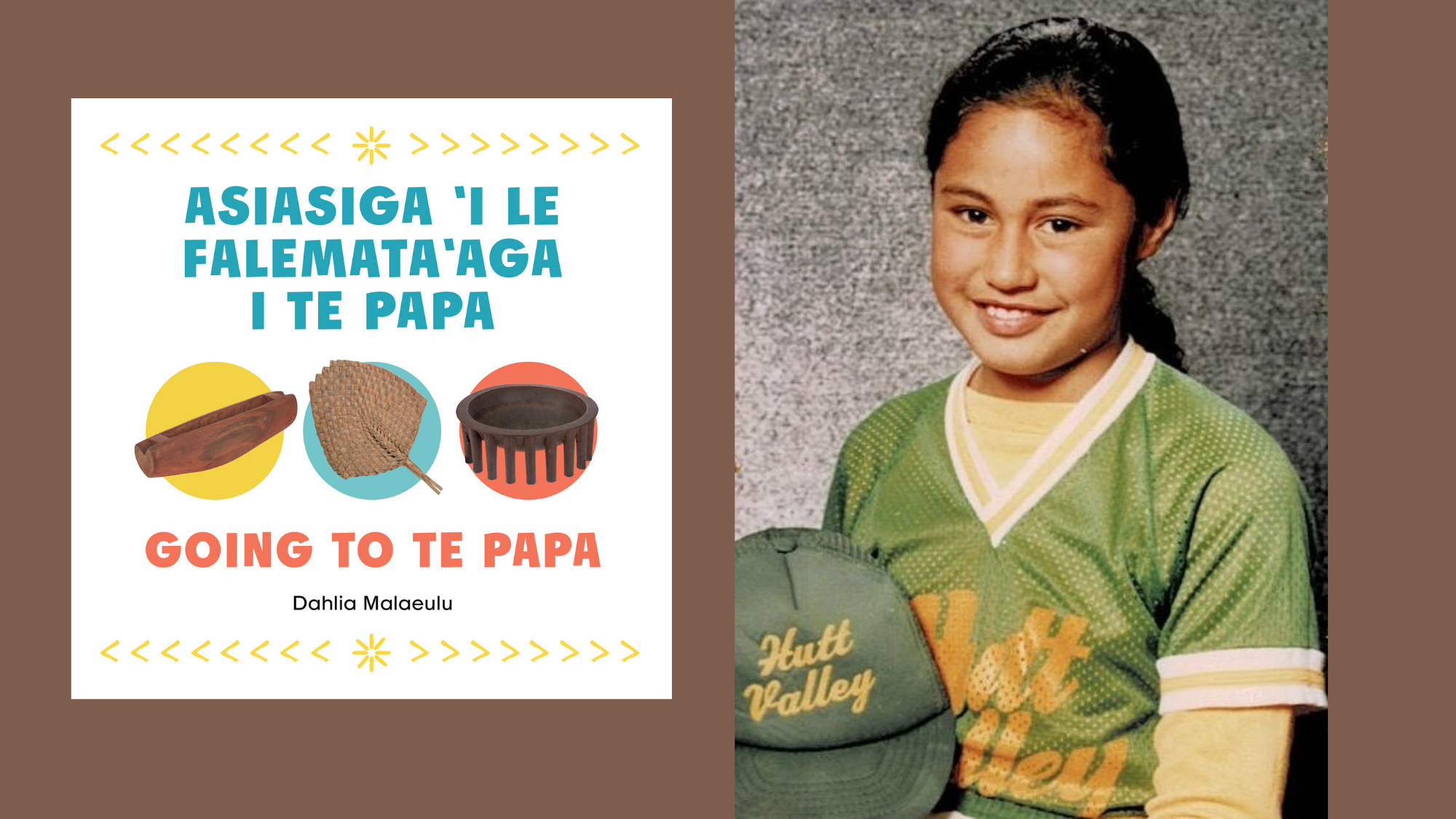
Growing up I was never an avid reader. I always remember being told to read when there was nothing else to do. After homework, ‘Alu faitau le tusi’, go read a book, Dad would say. Sitting in front of the television, ‘Alu faitau le tusi’. When asking to go to a party at College, ‘Alu faitau le tusi’. #TrueStory
So it was no surprise that my sister and I had read and re-read the one pile of school books that were accidentally not returned to school and the secondhand books my parents had collected for us when we were younger.
Then one day we found Dad wiping down a surprise he had for us with a cloth in the back sunroom, where all the books in the house lived. Hearing us enter, he proudly stepped back revealing the entire Britannica Encyclopedia set he had purchased from the door-to-door salesman.
Education was the key to everything in our household. Education meant learning, and learning came from new knowledge. New knowledge is found in books. This is why Dad was so proud and excited as he talked about how we could now read all 26 volumes and would never run out of books to read. My dad was #NoJoke.
The next book that stands out in my reading history was the Tusi Paia, the Samoan bible. We had joined the Samoan Methodist Church at the time and it was an automatic requirement to be able to read, respond with, and memorise bible passages especially for White Sunday, Samoan Children’s Day.
Then across my schooling life, my teachers had replaced Dad as the person telling me to read a book. But the only difference was that my predominantly Pālagi teachers would go the extra step to select and recommend the books for me. I remember reading about Sally going on picnics and Timmy going on family holidays – as well as a long list of characters and storylines that I didn’t necessarily relate to but helped me to understand the Pālagi world I lived in and, according to the books I read, my invisible place in it.
I remember reading about Sally going on picnics and Timmy going on family holidays – as well as a long list of characters and storylines that I didn’t necessarily relate to but helped me to understand the Pālagi world I lived in and, according to the books I read, my invisible place in it.
Then one fateful night, I remember going through the ‘biggish’ books my older sister was bringing home from her Bursary English class to read and study – especially since the Britannica Encyclopedia set was not really doing it for me anymore.
One particular book caught my eye.
It was different. The cover featured two boys, primary aged sitting on a bench. They were Māori because they looked like some of my Māori friends I had grown up with and the author’s name was definitely Māori. I remember sounding it out, ‘Wi-ti … Ihi-mae-ra’. It was called the, The New Net Goes Fishing.
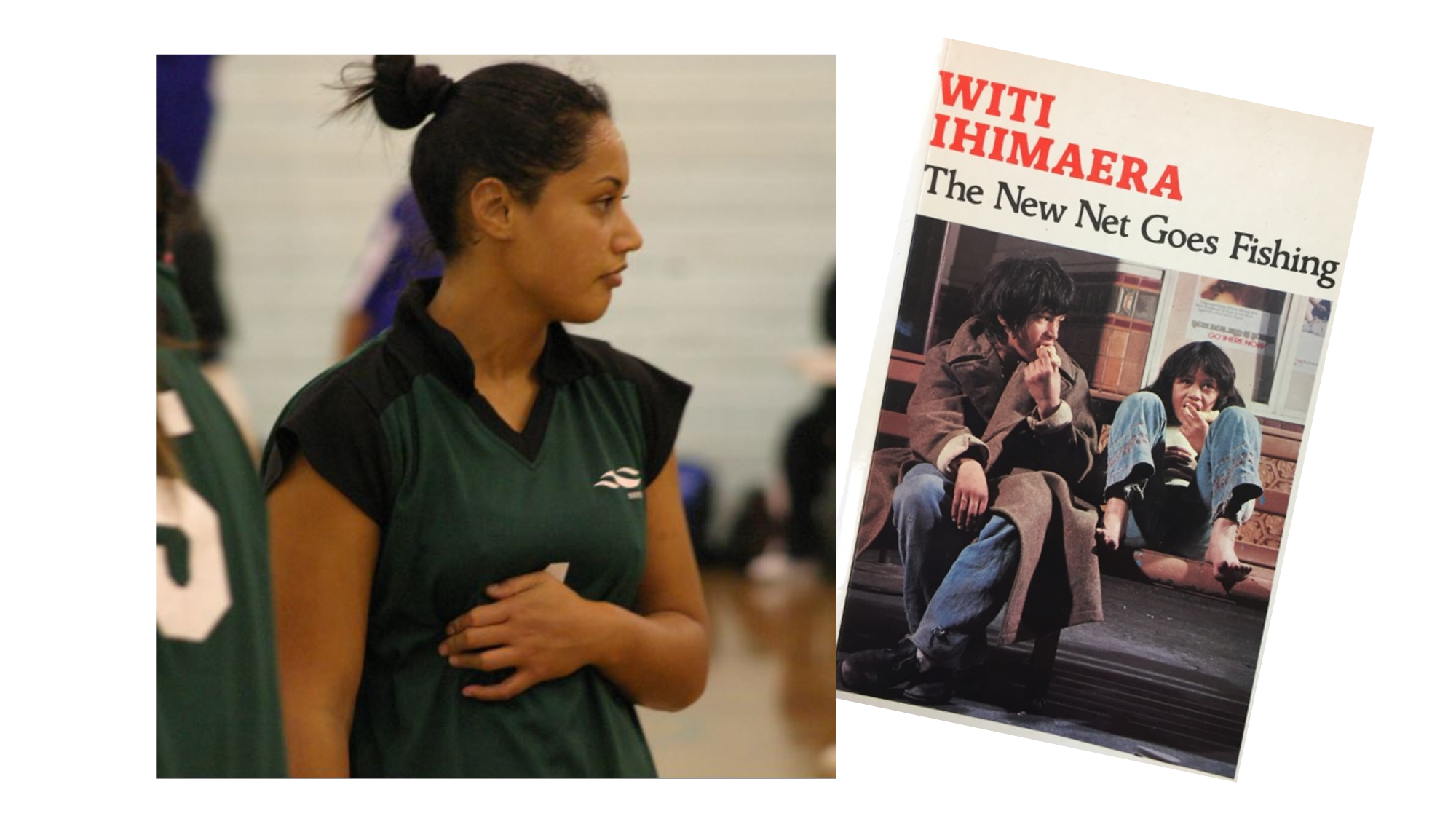
I started to read the stories inside. My eyes widened. Connections fired off in my brain. The New Net had gone Fishing – and it had caught me. I read the whole book within a day, and without my dad telling me to.
I started to read the stories inside. My eyes widened. Connections fired off in my brain. The New Net had gone Fishing – and it had caught me. I read the whole book within a day, and without my dad telling me to.
My favourite short story in the book was one that has stuck in my head over the years: ‘Yellow Brick Road’.
The story followed a young Māori boy Matiu and his family who had decided to leave their rural home of Waituhi for the Emerald City of Wellington. In search for a better life, the family’s car journey hinted at the cultural challenges and issues they would encounter living as Māori in the urban Emerald City of Oz, leaving the reader to ponder – will this move really make their dreams come true? Or are they disillusioned by the bright city lights?
I automatically connected to Matiu. His cheeky humour and his thoughts had at one time, been my own. The story gave his voice a space to live, to be shared and understood. And although they were Māori, Matiu and his family were the first brown characters that were not just ‘extras’ in the background. It was all about them, their lives and their story.
Then there were the themes of the story which made me think about my own parent’s journey from Sāmoa and the cultural challenges they faced when moving to New Zealand in search of a better life. Racism. Assimilation. Language Loss. #WasItWorthIt?
The story was helping me to make sense of my world as a Samoan New Zealander and that was ultimately what made me WANT to read it. For the first time in my life, I was reading in colour, and I wanted more, and wondered where I could find more of these stories? Better yet, stories of my own Pasifika peoples?
The story was helping me to make sense of my world as a Samoan New Zealander and that was ultimately what made me WANT to read it. For the first time in my life, I was reading in colour, and I wanted more, and wondered where I could find more of these stories? Better yet, stories of my own Pasifika peoples?
This is what ultimately led me to creating Mila’s books. And like Matiu travelling along his Yellow Brick Road, it has not been without its challenges.
Like having to hear comments about there not being many Pasifika books in the world because ‘Islanders don’t read’. Or buy books. Or go to libraries. All reasons used to justify low Pasifika Student Literacy rates in one person’s opinion that was shared with me. Although my people come from rich Pacific storytelling histories and traditions, there’s the idea that Pasifika peoples are just not writers. At least not good writers. Or just don’t write stories good enough for publication. And there’s no market for Pasifika books because remember? ‘Islanders don’t read’.
The impact of this cycle on our tamaiti and our Pasifika people are huge.
I have seen this play out as an educator of Māori and Pasifika students, who have bought into what the world has shown, told, and sold them. Even as a traditional as well as an indie published author, I still sometimes struggle to accept that I’m a ‘real’ author at times, because of what was embedded in my psyche about who can be an author, what an author should write like and write about. This definitely did not include me, my experiences, or my Pasifika people.
Just imagine if we had endless Pasifika literature options for us and our tamaiti. The reader engagement, interest and participation. The rich talanoa, conversations and discussions that would come from our stories. Being able to see ourselves and our cultures, hear our voices and languages, and feel valued for who we are. Our stories matter because they let us and our tamaiti know that we matter—something that Matiu and the Yellow Brick Road showed me all those years ago. But this time around, I’m not willing to leave it to chance for our tamaiti to stumble across our stories and be left searching for themselves in stories, like I did.
Just imagine if we had endless Pasifika literature options for us and our tamaiti. The reader engagement, interest and participation. The rich talanoa, conversations and discussions that would come from our stories. Being able to see ourselves and our cultures, hear our voices and languages, and feel valued for who we are. Our stories matter because they let us and our tamaiti know that we matter…
So instead of following the Yellow Brick Road, we at Mila’s Books find ourselves on the Brown Brick Road —a path created out of beautiful brown story bricks that leads to an Emerald City overflowing with Pasifika literature at all levels and for all reading purposes. Helping us to be better seen, heard, and valued as who we are, while helping others to better connect and understand us in the worlds we live in.
This road is not new. It has been under construction for some time now by some amazing Pasifika authors, past and present, who have been paving the way, brick by brick for us all. There are also active supporters and seekers of our stories who play a role in strengthening our path, like the Pasifika Bookstagrammers who have launched a Pasifika Readathon Challenge this month, sharing, reviewing, and talking about our Pasifika stories for everyone around the world to read, learn about, and find.
But we also have a long way to go, as the Brown Brick Road is far from completion.
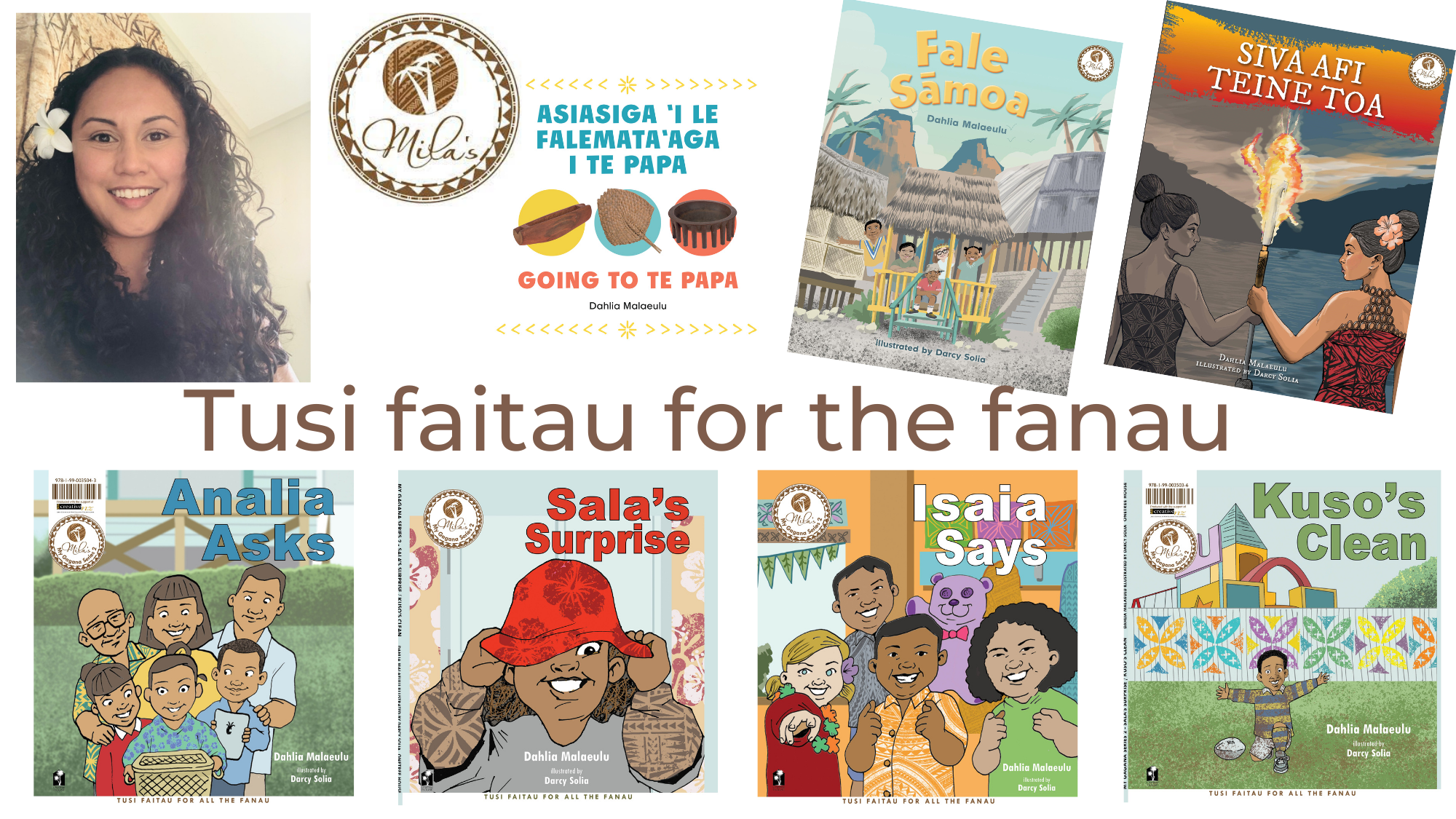
This is why we are so excited to contribute seven more brown story bricks to the road this month: Going to Te Papa | Asiasiga ‘i le Falemata‘aga i Te Papa, a bilingual board book for preschoolers featuring measina or treasures from Sāmoa in the museum’s collection (Te Papa Press); Mila’s My Gagana Series 2, two dual story books aimed at developing basic Samoan language knowledge for junior primary students (One Tree House); and Mila’s My Aganu´u series, two picture books that explore elements of Samoan culture and history for middle and senior primary students (Mila’s Books, made possible with the support from the Ministry of Pacific Peoples and Copyright NZ).
So as you can see, I am far from alone on this journey. I’ve gone from searching for our stories to creating them. I’ve learnt that together, we are a Pasifika storytelling force that are able to shine a light on the real need and power of our stories. And through our Mila’s Books, I am so proud to show what is possible for us as Pasifika storytellers – while also encouraging everyone to explore, share and ultimately, keep contributing to the Brown Brick Road with us for our tamaiti and future generations to come …
Follow the brown brick road
follow the brown brick road,
follow, follow, follow, follow,
follow the brown brick road …
*This piece is dedicated to all those who have continued to support and inspire us on our Mila’s Books journey – fellow Pasifika authors, publishers, funders, book reviewers and some pretty amazing Pasifika Bookstagrammers: @readswithrosa @littlepasifikareaders @polynesianreader @thisislanderreads @aglassofread @taotaotaitai @corinarichards @telbong #Fa’afetaiTeleLava!
Dahlia’s Books:
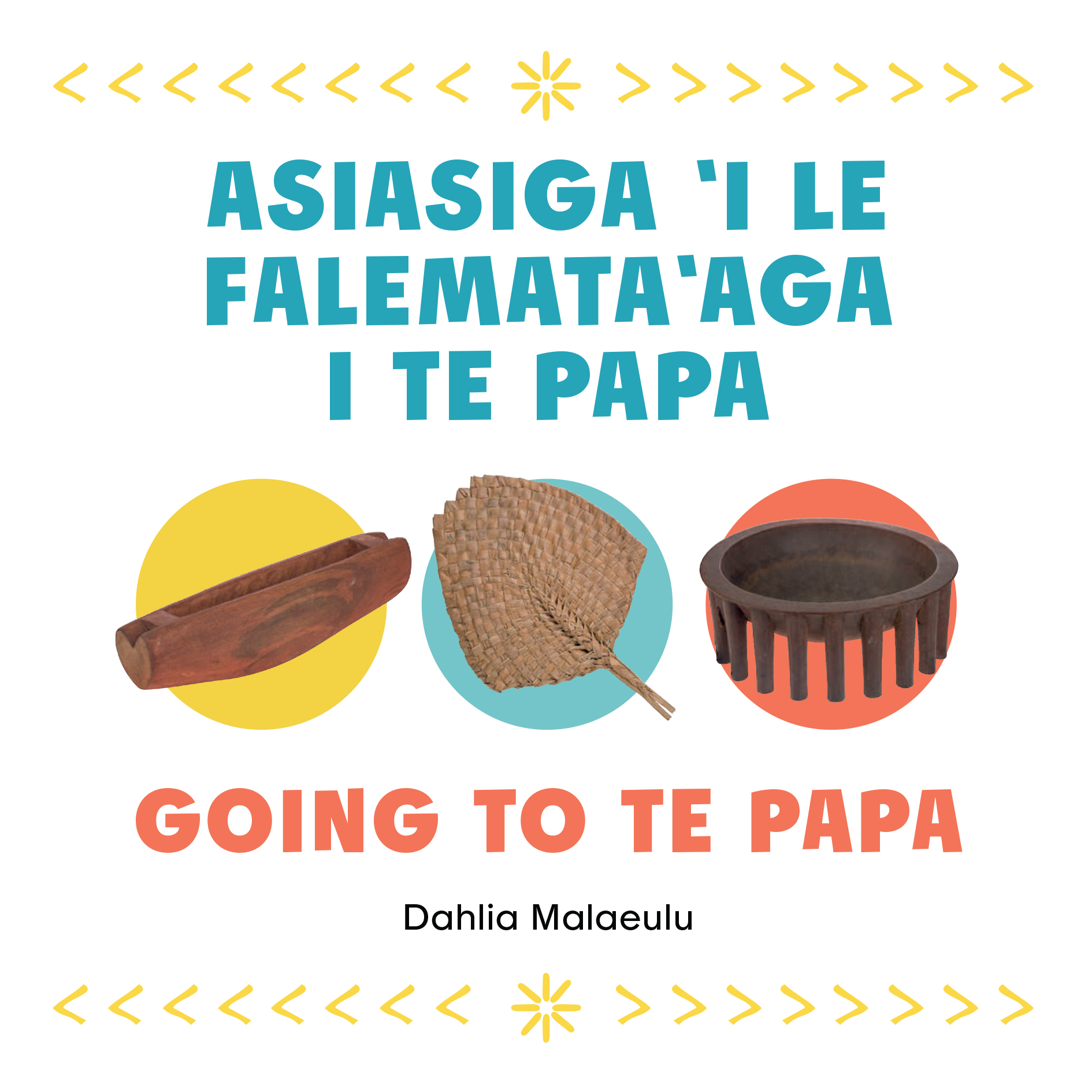
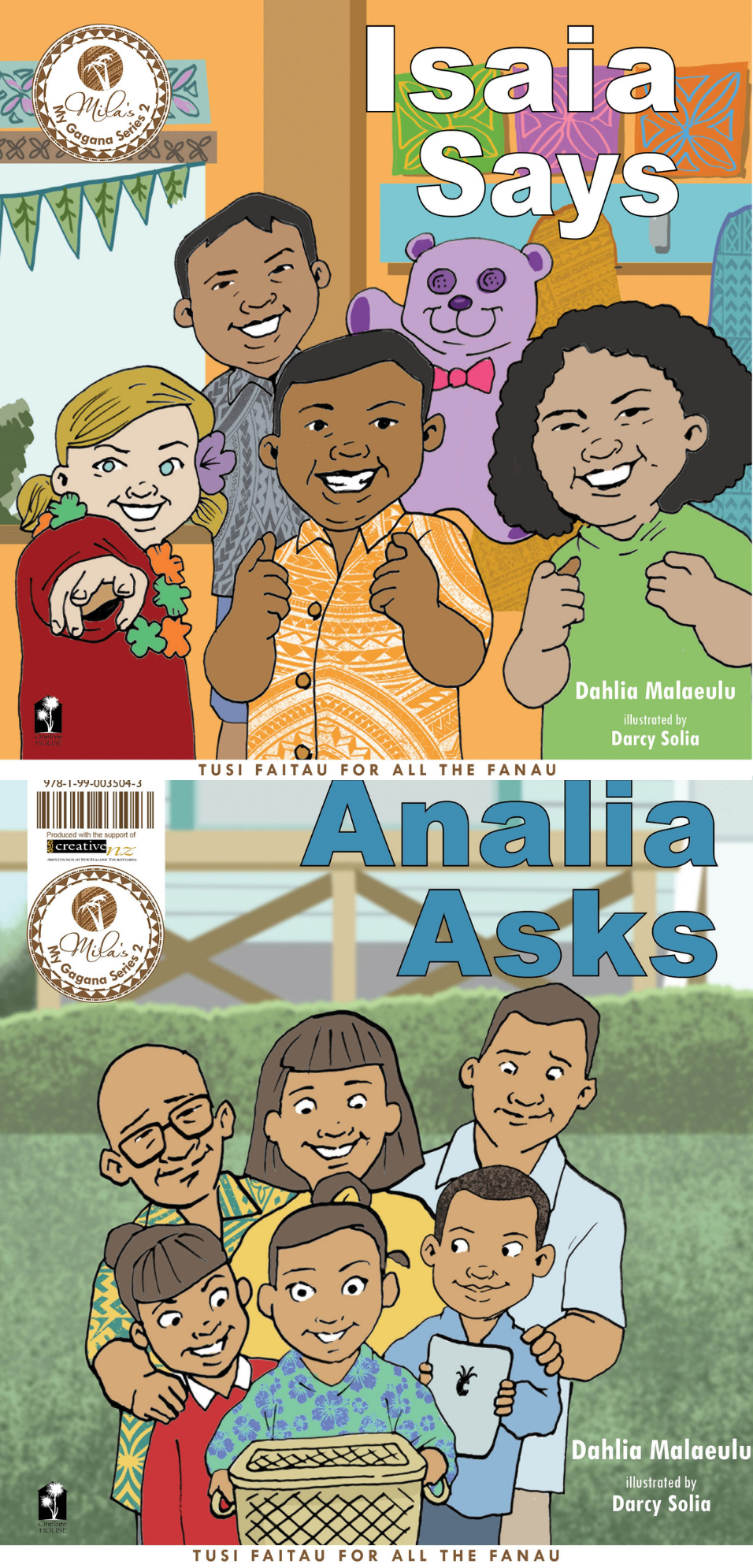
mila’s my gagana series: isaia says/analia asks
Written by Dahlia Malaeulu
Illustrated by Darcy Solia
One Tree House
$25
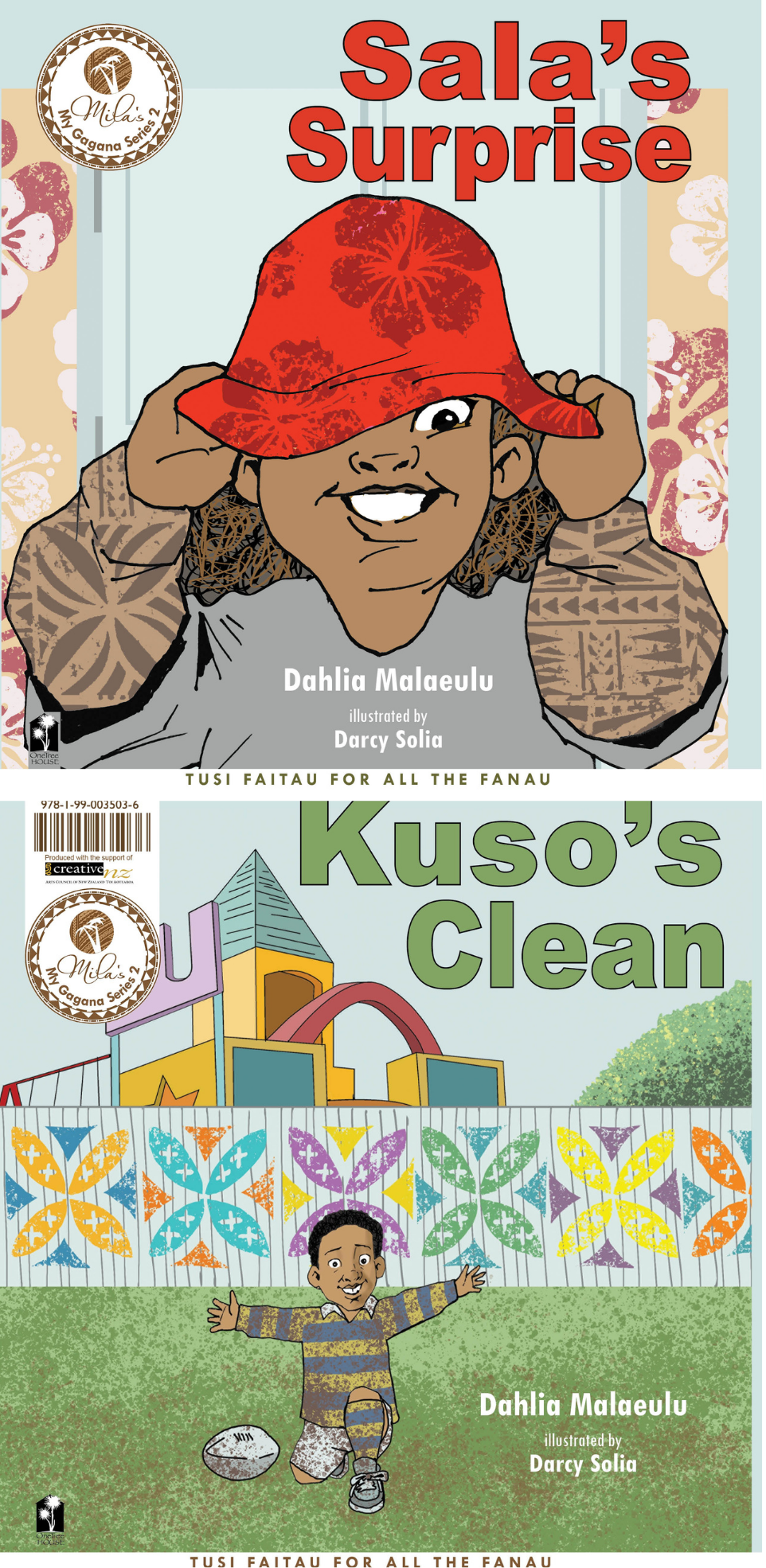
Mila’s My Gagana Series #2 : sala’s surprise/kuso’s clean – two books in one
Written by Dahlia Malaeulu
Illustrated by Darcy Solia
One Tree House
$25
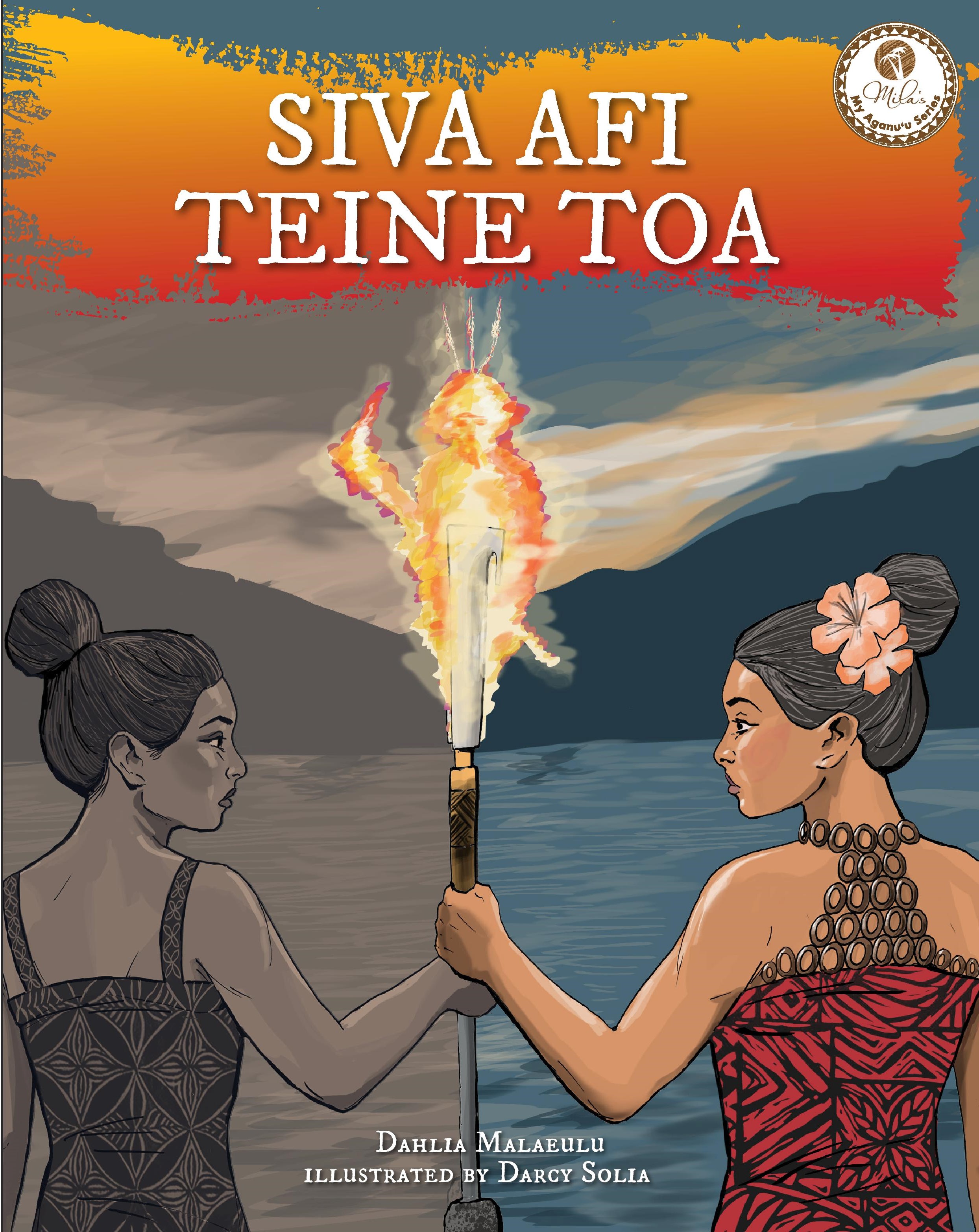
Mila’s My Aganu’u series 1: siva afi teine toa
Written by Dahlia Malaeulu
Illustrated by Darcy Solia
Mila’s Books
$25
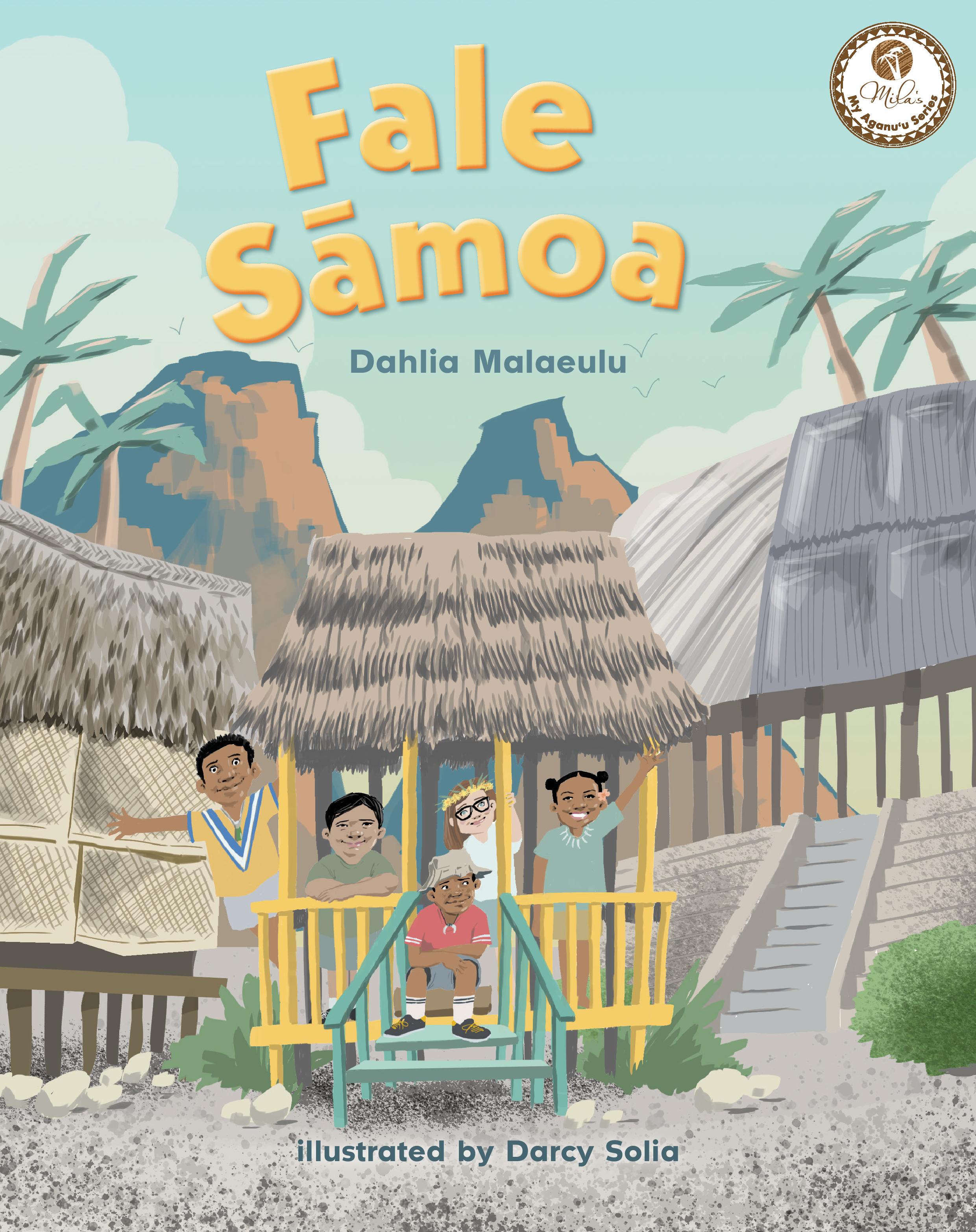
Mila’s My Aganu’u series 1: Fale SĀMOA
Written by Dahlia Malaeulu
Illustrated by Darcy Solia
Mila’s Books
$25
Editors’ note: The Reckoning is a regular column where children’s literature experts air their thoughts, views and grievances. They’re not necessarily the views of the editors or our readers. We would love to hear your response to any of The Reckonings – join in the discussion over on Facebook.
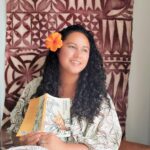
Dahlia Malaeulu
Dahlia Malaeulu is a Wellington-born Samoan author of Children’s Pasifika books and creator of Mila’s Books. She is a passionate educator who enjoys creating stories that develop cultural confidence amongst tamaiti (children), fanau (families) and faiā‘oga (educators) within the home, schools and communities.



